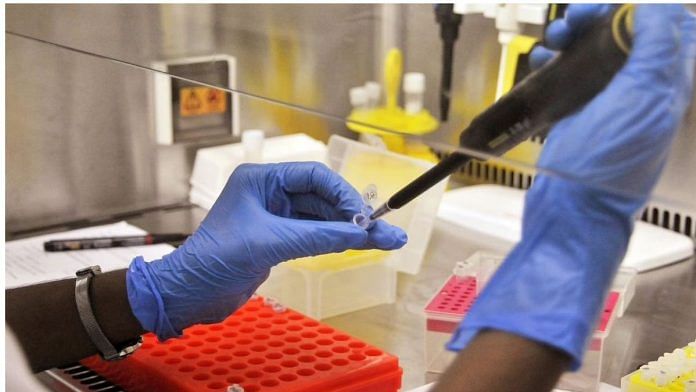New Delhi: Fifty two Indian scientists have ranked in the top two per cent in the world, in the Alper Dodger (AD) Scientific Index 2023.
India ranks at number 21 in the top 2 percent scientists’ list, which the United States leads with 4,935 of the world’s top scientists.
Scientists from 216 countries have been listed in the “overall ranking”, and has 50,245 Indian scientists on it.
The grading released Monday “is a ranking and analysis system based on the scientific performance and the added value of the scientific productivity of individual scientists”.
The index used the total and last 5 years’ values of the i10 index (the number of publications with at least 10 citations), h-index (a metric that uses both productivity and citation level impact) and citation scores in Google Scholar.
Scientists are ranked by 11 subjects, including Agriculture & Forestry, Arts, Design and Architecture, Business & Management, Economics & Econometrics, Education, Engineering & Technology, History, Philosophy, Theology, Law/Law and Legal Studies, Medical and Health Sciences, Natural Sciences, Social Sciences and Others.
J.B. Singh, a Panjab University professor, who works in the field of high energy particle physics, tops the list of scientists from India. He ranks at number 124 in the world.
Singh was part of the international team of scientists in 1995 which discovered the top quark — a subatomic particle in 1995. He continues to work on studying the behaviours of high energy subatomic particles.
Some of his latest works include studying high energy collisions and decay of subatomic particles in particle accelerators.
Several of India’s top scientists work in the field of particle physics. There are nine Indian scientists who have made it to the top 500 ranking in the world.
Scientific Officer at the Bhabha Atomic Research Centre, Dipanwita Dutta, ranks second in India, with an h-index of 219 and about 227,588 citations throughout her career.
Dutta also works in the field of high energy particle physics. Her recent research is on studying subatomic particles that emanate as a result of high energy collisions of atoms. Among her most cited papers is one in 2012 on a new boson at the Large Hadron Collider.
Similarly, Gagan Mohanty of TIFR, A.K. Mohanty from BARC, and Anirban Saha from the Shoolini University of Biotechnology and Management Sciences – comprising the top five in India, all work in the field of high energy particle physics.
Institutions with top 2 percent scientists
The index mentions that Harvard University has the maximum number of the world’s top 2 percent scientists – 576 from the university are on the list, followed by Stanford University and Oxford University, with 377 and 252 scientists respectively.
Among the Indian institutes – Tata Institute of Fundamental Research (TIFR), Institute of Chemical Technology and Indian Institute of Science Education and Research Kolkata and Variable Energy Cyclotron Centre have the maximum number of scientists – 4 from each of them listed in the top two percent.
Other scientists who have made it to the list are three each from IITs in Madras and Bombay, Bhabha Atomic Research Centre (BARC) and Banaras Hindu University.



